The Royal Navy has established a new team, the Disruptive Capabilities and Technologies Office (DCTO), to accelerate the deployment of cutting-edge technology to the front line, according to a news update.
The DCTO brings together personnel and expertise from the former Office of the Chief Technology Officer (OCTO), NavyX, and the Navy AI Cell. Its mission is to rapidly prototype, test, and integrate emerging technologies—such as artificial intelligence, autonomy, and directed-energy weapons—into Royal Navy operations, addressing urgent operational challenges with an entrepreneurial mindset.

The office’s first prototype project is already underway, drawing lessons from the conflict in Ukraine and applying them to Royal Navy needs. This has led to the delivery of new autonomous systems, as well as training and a framework to support broader adoption of autonomous capabilities on the front line.
Rear Admiral James Parkin, the Royal Navy’s Director Develop, was quoted in the update as saying: “I am thrilled that the new Disruptive Capabilities and Technologies Office has now achieved Full Operating Capability, including the exciting news of the commissioning of the new Fleet Experimental Squadron.”
The DCTO will continue to make use of experimentation vessel XV Patrick Blackett, which will serve as both a floating laboratory and a testbed for established and emerging technologies. Complementing this is a newly established Fleet Experimental Squadron, embedded within the Surface Flotilla but reporting to the Develop Directorate.
The squadron, to be commanded by a Principal Warfare Officer of Commander rank, will focus on testing future systems, from uncrewed surface vessels to AI-enabled operations and laser-directed energy weapons.
Second Sea Lord Vice Admiral Sir Martin Connell emphasised the urgency of faster innovation cycles: “The imperative for the rapid adoption of advanced and novel technologies by the Royal Navy and wider Defence is clear. We need to procure faster, cut unnecessary bureaucracy and process, and iterate quicker through spiral development, much as we have done through our support to Ukraine.”
He continued: “The establishment of the DCTO reinforces the Royal Navy’s commitment in this respect.”
The DCTO also plans to explore longer-term technological developments in areas such as quantum computing and next-generation nuclear capabilities, ensuring the Royal Navy remains technologically competitive well into the future, read more direct from Navy News here.


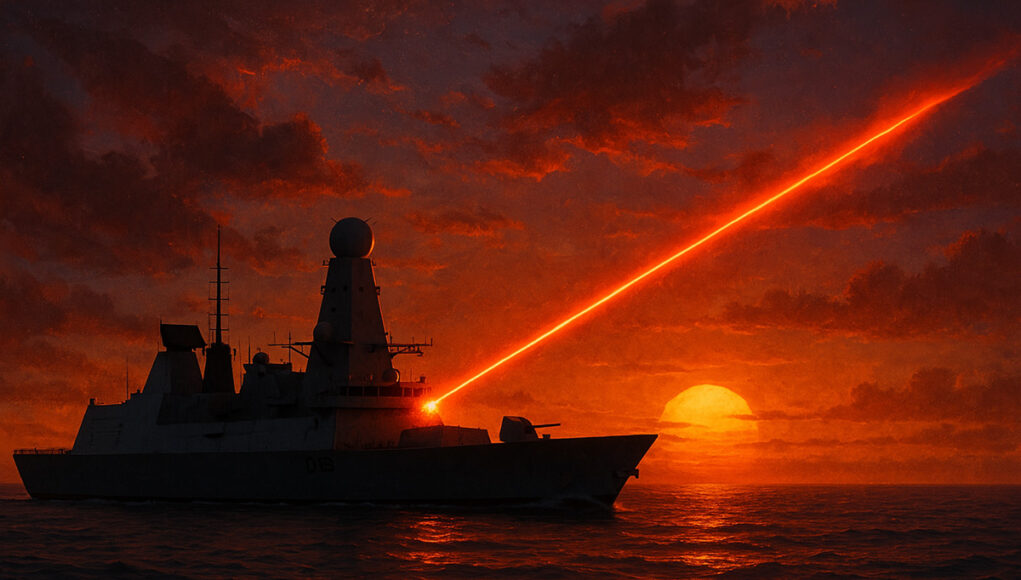
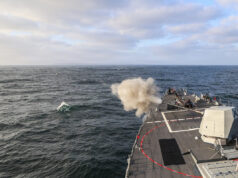


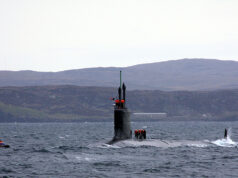
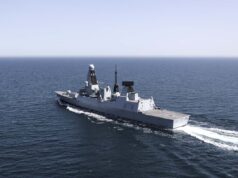

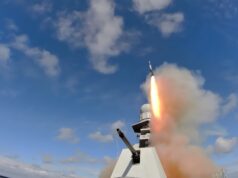
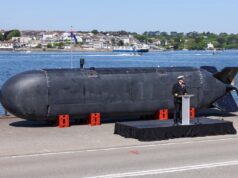
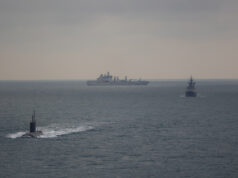


Google pay 92 every hour my last check was 8400 working 10 hours per week on the web. My more youthful sibling companion has been averaging 18k throughout recent months and he works around 24 hours per week. I cannot accept how simple it was once I attempted it out.This is my main thing……….,.,.,.. WORKSTAR1.COM
Something else “new” by changing names or amalgamating existing assets.
Thank God for that.
Some new ships, planes, helicopters, and Submarines would be good. And some new people augmenting the existing too.
And firepower, missiles, Drones,and Landing Craft for the RM.
I’m glad the RA is thrilled though. I’m guessing he’d be beside himself if anything actually new, as in new kit, was ordered?
Lasers are fairly easy to defend against. The target just needs a reflective mirror-like layer tuned to the laser frequency. Simples
That’s not quite as straightforward as it sounds, especially if you want great speed or stealth and maximum sensor flexibility. There’s always a balance to be had.
Equally the prime target for laser technology as things stand and until power is substantially increased in future, is dealing with drones which are highly unlikely to benefit much if at all from such a defensive measure.
On reflection, that doesn’t mirror current thinking.
Halfwit,
You are either going to revitalise this comments section or destroy it. I suspect it is your choice.
Choose wisely.
I suggest you stand behind a mirror under military laser mattock and let us know how that goes 🙂
DCTO speed it up, Civil Service in Whitehall compensate….
Mostly snail like Treasury.